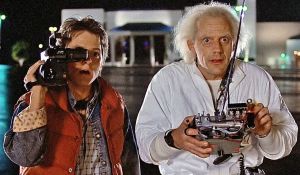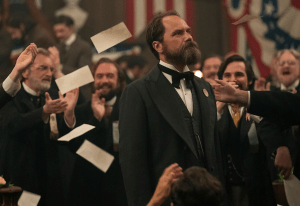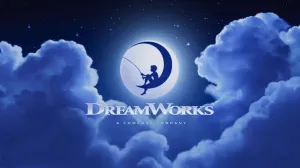There are behind-the-scenes stories I just can’t forget. They’re the ones that make me rethink movies that seemed untouchable, as if there were an alternate version of reality locked away in some Hollywood room. Back to the Future is the perfect example. I’ve always seen this movie (and the entire trilogy) as a perfectly executed sci-fi comedy, with a charming, relatable protagonist, a plot that flows effortlessly, and that feeling that everything fits exactly as it should. To me, it’s one of those films that feels inevitable, impossible to imagine differently. A classic, almost making you think it was planned and executed exactly as envisioned – until you discover it wasn’t really like that.
Videos by ComicBook.com
Knowing there’s an original version, shot with Eric Stoltz instead of Michael J. Fox, makes me insanely curious. Maybe only a few people know, but this version really did exist (even though it was never completed), and still, I feel like I need to see it to understand how everything could have been so different. What would have happened if the movie had been released with Stoltz as the lead?
Eric Stoltz as Marty McFly Just Didn’t Work
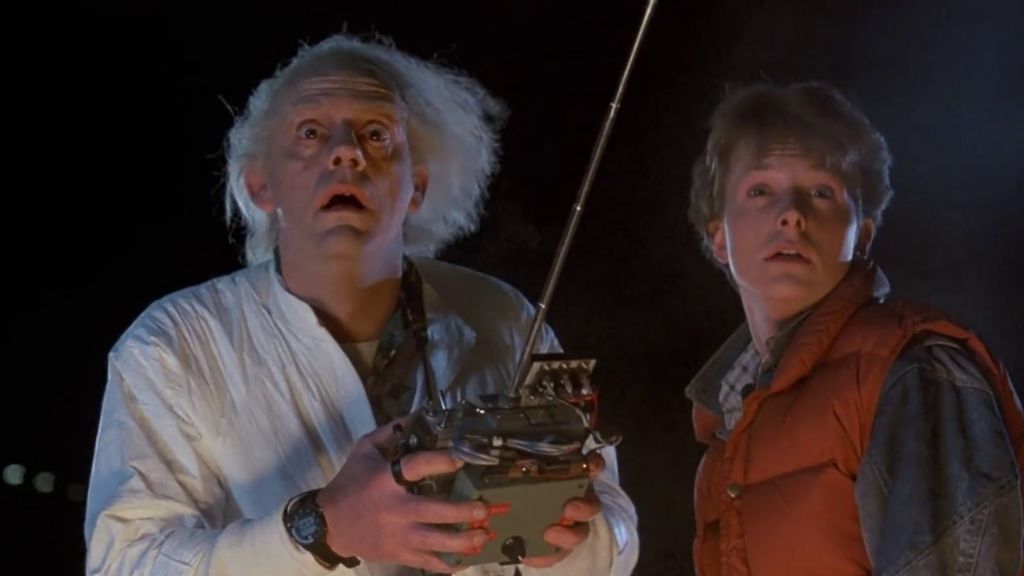
First off, what fascinates me is that Stoltz wasn’t just some random choice. He already had recognition, coming off a praised performance in Mask, and seemed like the most logical pick when Fox wasn’t available due to his Family Ties schedule. I get the initial decision, and it’s not hard to imagine the frustration the creators, Robert Zemeckis and Bob Gale, must have felt when they realized the tone just wasn’t working. Marty McFly was written as a funny, lighthearted character, almost a bit clumsy at times, but Stoltz played him like the center of an existential drama. Even Steven Spielberg, who was producing the movie, revealed that the lack of humor during those early shoots was obvious to everyone involved – and the comedic tone was supposed to be the essence of the film.
According to Gale, in an interview with Den of Geek, he openly admitted how underwhelmed he was with the performance: “Seeing the Eric Stoltz footage, it’s not very good. When someday you see that, you’ll say, ‘Oh, okay. I understand why they recast him.’”
Obviously, they couldn’t risk altering the character’s tone, but it’s fascinating to imagine how a completely different Marty personality could have shifted the entire feel of the movie. Even though I love the officially released version, could there have been a way to at least sympathize with this other take?
Dean Cundey, the cinematographer, noted that during the early shoots, Marty and Doc Brown (Christopher Lloyd) didn’t quite click, for example, which made the chemistry feel off. As we know, the connection between these two performances needed to feel right. On the other hand, Lloyd, whom I consider the heart of the movie, was more forgiving. In his own words, he didn’t really feel anything wrong about acting alongside Stoltz – but when he got to act with Fox, the story changed: the chemistry felt effortless, natural, and completely right.
So Zemeckis made the call to fire Stoltz. Five weeks of shooting gone, millions down the drain, and a talented actor getting the news that he just wasn’t the right fit. As a result, they had to work out a schedule so Fox could juggle filming Back to the Future and Family Ties simultaneously.
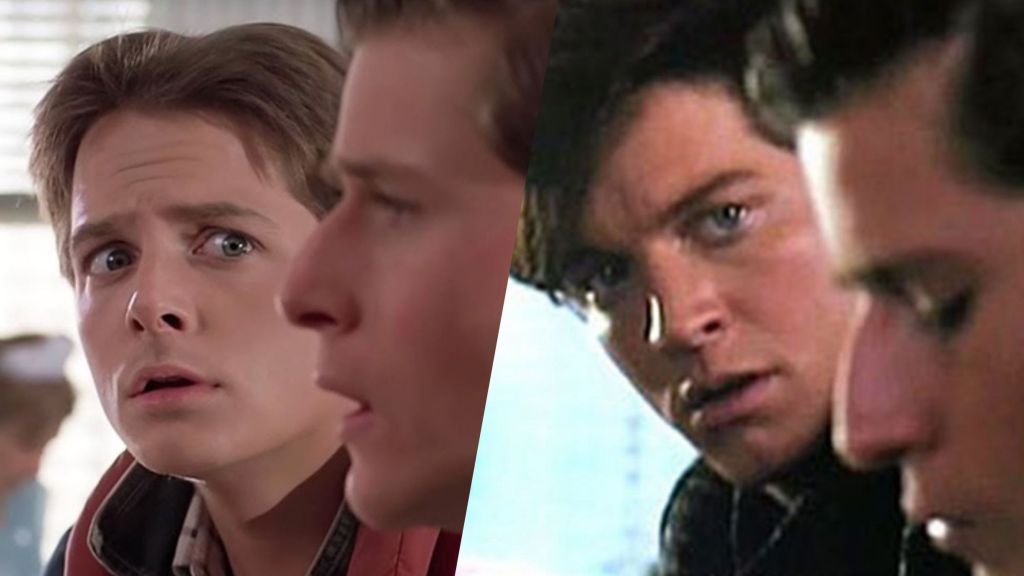
To me, this is one of the most extreme examples of how Hollywood can turn into a high-stakes gamble. If they’d stuck with Stoltz, we’d have a completely different movie, and I can’t help but wonder: would it have been a flop, or a classic with a different tone? I really wish I could compare, because it’s so intriguing to imagine these scenes without Fox’s chaotic energy. And it’s even more curious to think how the dynamics with Biff (Thomas F. Wilson) and other supporting characters would have shifted. I’d love to see how Stoltz handled these interactions (clearly, it would have altered our perception of scenes that became iconic in cinema as well).
And speaking of supporting characters, it’s worth noting that Stoltz’s departure also set off a domino effect. Melora Hardin, originally cast as Jennifer, got fired because she didn’t visually match Fox (she was taller than him). Then Claudia Wells took over the role, but later Elisabeth Shue replaced her from Back to the Future Part II onward due to personal reasons. It was a creative decision that reshaped the whole ecosystem of the movie: it wasn’t just a lead actor swap, but a reconfiguration of the entire work. Can you imagine how radically different all three films in the franchise would have turned out? After all, performances help set the tone of the story, convey the natural chemistry between characters, shape the humor, influence pacing, and even affect how certain moments unfold.
What Was Actually Said About Eric Stoltz Leaving

So we know Stoltz wasn’t ideal for Marty McFly. But how bad did Zemeckis and Gale really think it was that they couldn’t move forward with him? In an interview with CBC, the director revealed that it was the worst experience of his career.
“Eric is a brilliant actor. I simply miscast him, and I learned a very serious lesson. It’s not worth it. It’s too painful for everybody. What you have to do is cast the movie the right way and feel really right about it,” Zemeckis shared (via Syfy). In short, the energy just didn’t click because of a miscast. Stoltz eventually commented too, saying he never managed to capture the vibe of the character because he saw Back to the Future as a tragic story.
Knowing these details, the remaining images of Stoltz’s version only spike my curiosity. I’ve watched the Blu-ray extras and the fragments that have surfaced online, and even though they’re short, they show how different the energy really was (and by “really,” I truly mean it). Can you imagine a more introspective, dramatic Marty? From a critical standpoint, I agree the switch was essential – the humor Fox brought made it all work. Honestly, I can’t picture Stoltz turning the character into a pop culture icon, and the movie probably wouldn’t have had the same impact if it were darker. But still, I can’t stop wanting to see what remains of this version. I need to witness it with my own eyes.
Still, there are a few last traces in the final version of Back to the Future, like the famous scene where Marty punches Biff at the diner (which, according to some speculation, still uses the original take with Stoltz). But aside from that, we can only imagine. Gale even said at one point that the decision not to release more material was made out of respect for the actor, to avoid negative critiques that could impact his career.

On the other hand, it’s frustrating for fans of the BttF trilogy: The material exists, stored somewhere. Nothing was destroyed, and I think it’s a waste to keep it hidden, especially after four decades. I’m not asking for a full cut because I know the movie was never completed, but an official compilation would be more than enough – maybe include more of Stolz’s scenes as part of a new documentary on making the film. To me, this isn’t just fan service now; it’s film history. It’s the chance to analyze one of the most radical decisions Hollywood has ever made based on the original material, not just stories and interviews. I’d finally feel like I understood what was really at stake when the movie almost went a completely different way.
In the end, yes, I recognize Back to the Future only became a phenomenon because Fox stepped in. But as a fan and cinema enthusiast, I need to witness this “ghost movie” to finally satisfy this obsessive curiosity once and for all.
Would you want to see the original version of Back to the Future too? Do you think Eric Stoltz could have been a good Marty in any way? Let us know in the comments!

